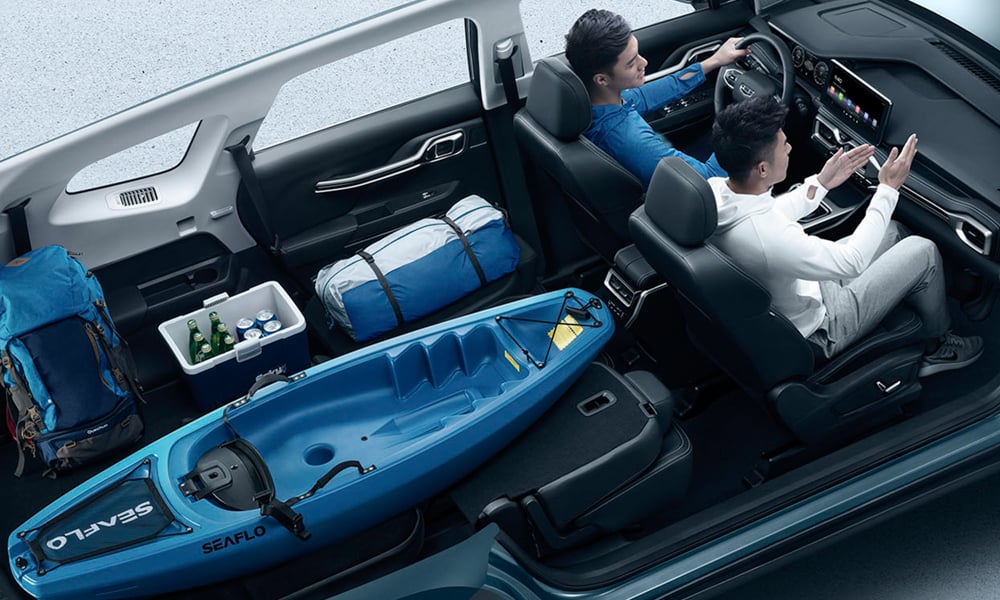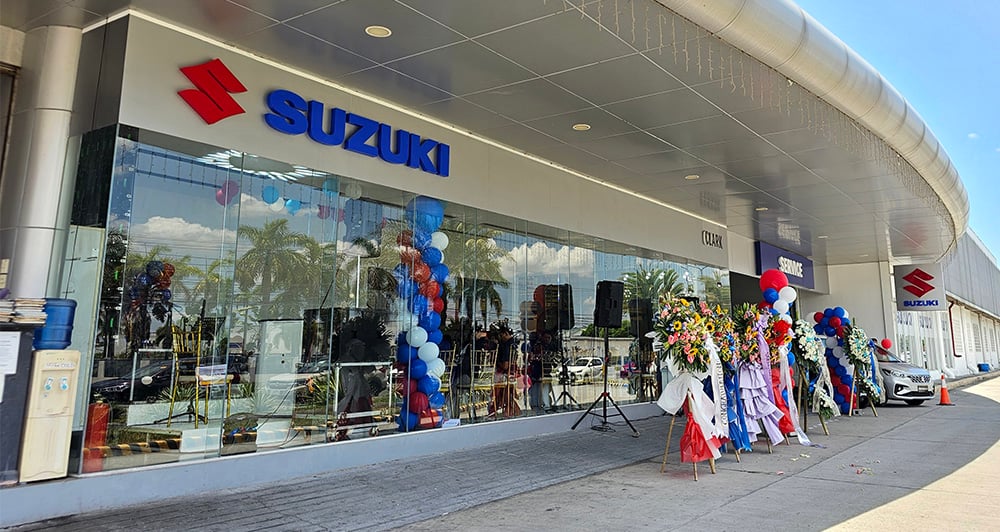
Whenever we write articles for your reading pleasure here on VISOR, we always make sure that we maintain consistency especially in the frankly confusing vehicle segments we have nowadays. For example, even if an automaker classifies a certain crossover to be midsize, we’d check the dimensions and call it something else (like a compact) if it falls under a certain size just so everything is as uniform as possible.

And that brings me to Geely’s newest nugget, the Okavango. Called the Haoyue in its domestic market, this thing is the brand’s largest offering in the Philippines—obviously a response to the popularity of seven-seat vehicles. I’ll spare you some of the juicy stuff like horsepower and torque figures so if you do need to know, we’ve got an article that details some of this vehicle’s features, performance stats, and prices.
Now, in that article, my boss called it a seven-seater midsize SUV. Frankly, it does look the part with its wide stance and macho styling. Personally, I would’ve called it the same way as he did. He started it anyway, and I see no reason to change it just to make things more confusing for you guys. However, after I watched the launch and got to know more about the Okavango, it was I who got flustered.


You see, the interior of the Okavango has a seating arrangement unlike anything I’ve seen before locally. Most three-row SUVs or crossovers would have a second-row bench split in two and a lousy excuse for third-row chairs. It’s probably a price one has to pay for wanting to look more macho over a humdrum people carrier. But the Okavango’s back rows have individually adjustable seats that seem to mimic that of true European people carriers like the Volkswagen Sharan and the Ford Galaxy.
If the unveil video is anything to go by, the second- and third-row seats can all fold completely flat, which turns the Okavango into sort of a small van. I find this quite impressive considering that the third-row seats appear to be capable of accommodating large dudes like myself, and that the car has a bulky battery pack nestled in the rear as part of its mild-hybrid powertrain.

And that brings me to what I should be calling the Okavango, itself a name that some prospective buyers would probably end up butchering. It’s an MPV in the most traditional sense that it can fulfill many different jobs ranging from family shuttle to a bulk-cargo carrier. Yet with such handsome styling, one would be hard-pressed to call it anything other than an SUV or a crossover (which is already confusing in itself).

But since we at VISOR aim for consistency, anything we write about the Okavango will classify it as a midsize SUV. It makes our content look cleaner for you, dear readers, and the uniformity makes life easier for us content producers. But Geely design boss Guy Burgoyne wittingly summed up what the Okavango is in its debut video. He called it a “cross MPV,” which is a wonderfully distinct term for such a versatile vehicle.











Comments